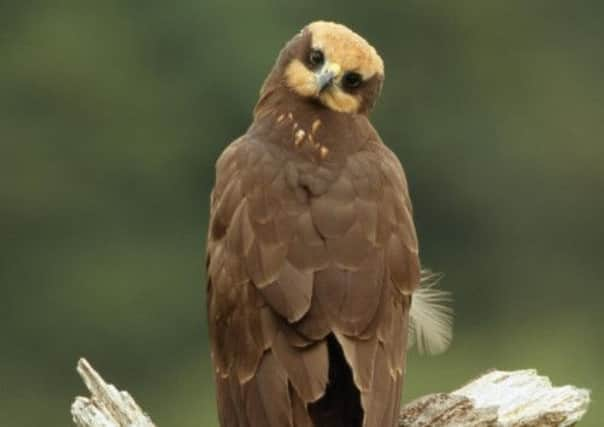Marsh harrier chicks fly the nest in first for nature reserve


With just 360 breeding pairs in the UK, staff at Tophill Low nature reserve near Driffield watched nervously when a pair made their nest in front of a hide earlier this year.
The chicks evaded egg thieves and natural predators and have now flown the nest.
Advertisement
Hide AdAdvertisement
Hide AdRichard Hampshire, warden at the Yorkshire Water-run site, said the chicks had survived at least one major scare.
“We kept the news of the marsh harriers very quiet until we were sure the chicks had hatched in July,” he said.
“The parents fought off an attack from a grey heron when the chicks were just two weeks old, so we are delighted and relieved that the chicks have been able to fledge.
“This kind of thing feels like the reward for all our hard work to make the site attractive to a wide range of species.”
Advertisement
Hide AdAdvertisement
Hide AdHe added: “It’s not just me, but a team of dedicated volunteers that help keep the site in the best condition for both wildlife and visitors.”
Mr Hampshire said that as the nest was in front of a hide staff were able to record what they ate as there is controversy over whether the birds impact on game such as pheasants and partridges.
The research suggested game accounted for just one per cent of their diets, with the chicks enjoying mainly coot and moorhen alongside a varied feast including rabbit, frogs, rats, ducklings, goslings, hares, and water voles.
Marsh harriers are on the UK’s “amber list” of species at risk of extinction, having almost died out in the 1960s, and normally nest on the ground among oilseed rape or wheat.
Other protected species such as Cetti’s warblers and otters have also successfully bred at the site.